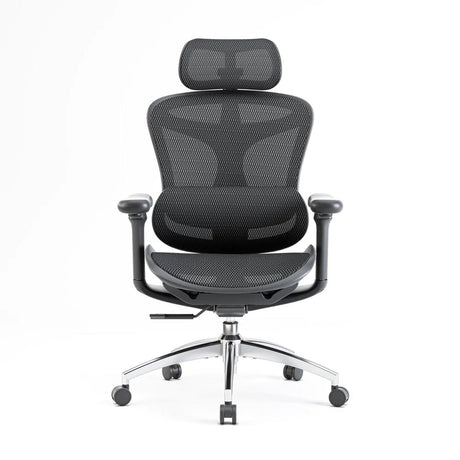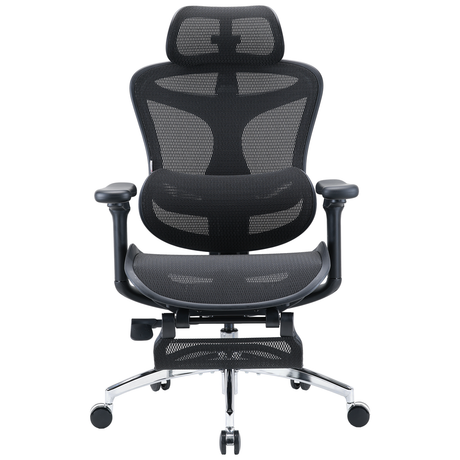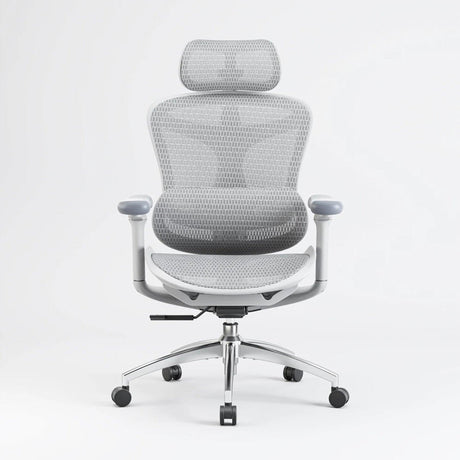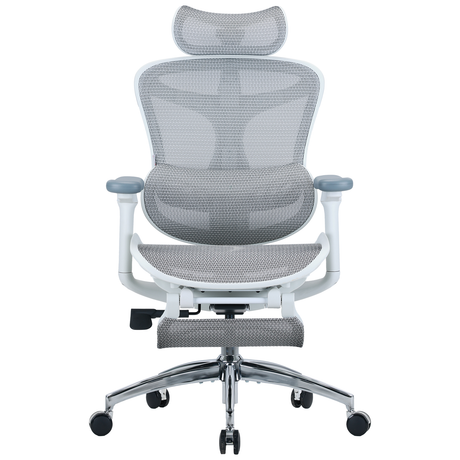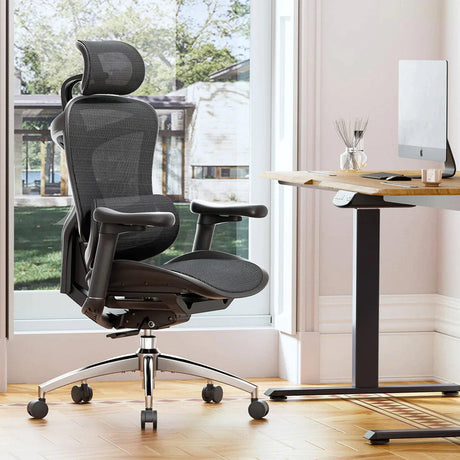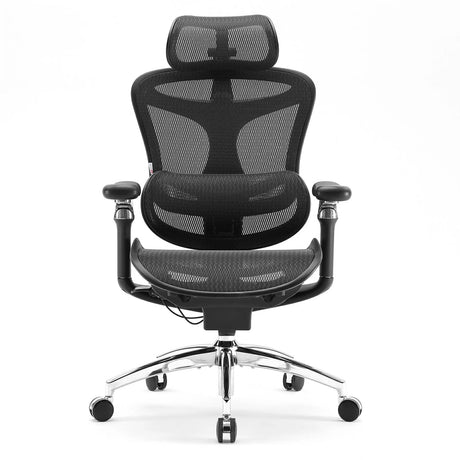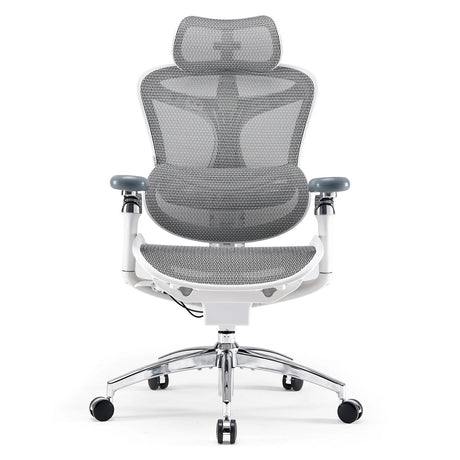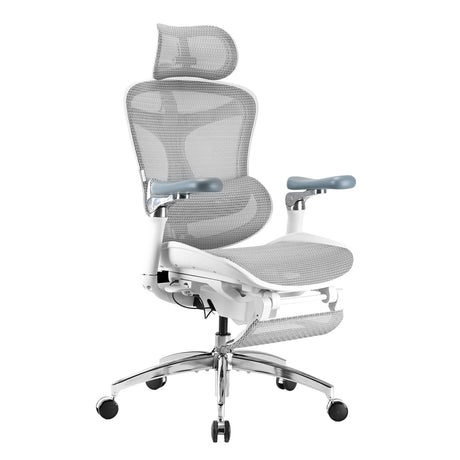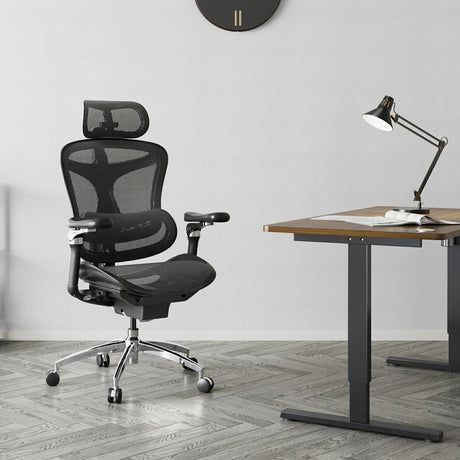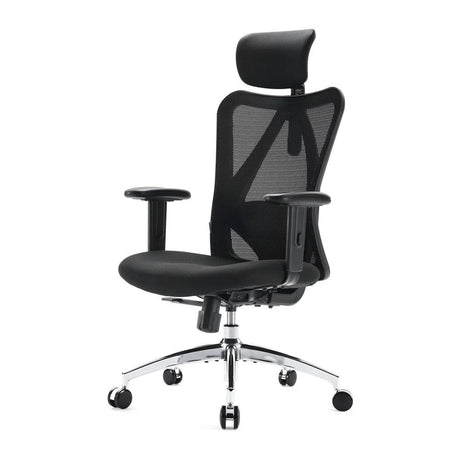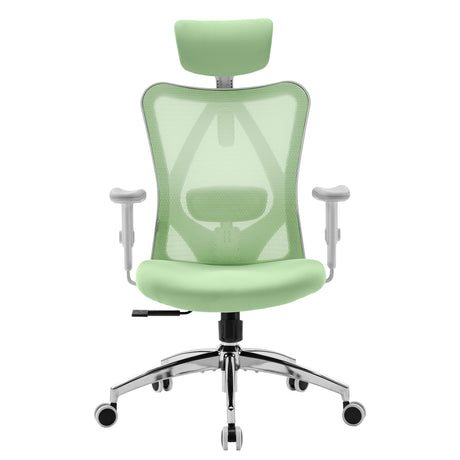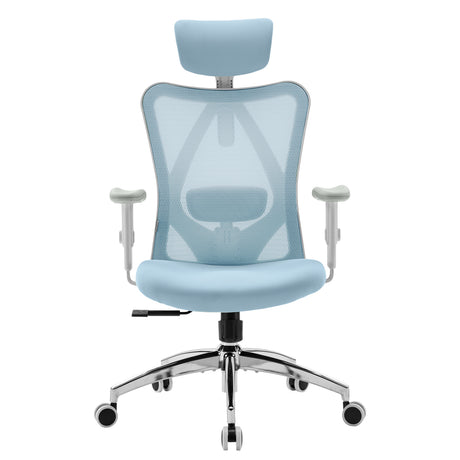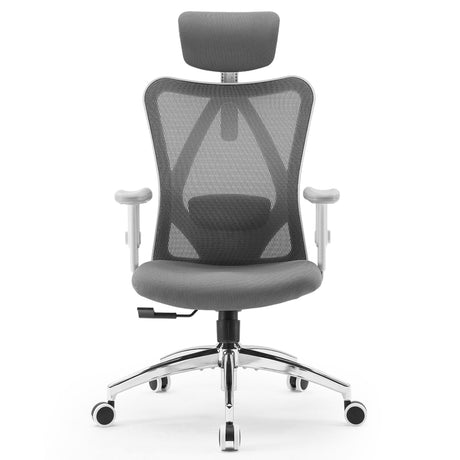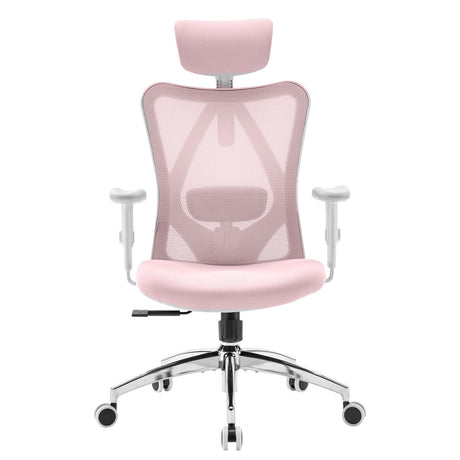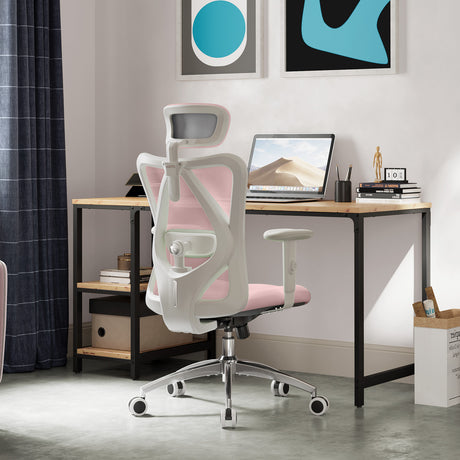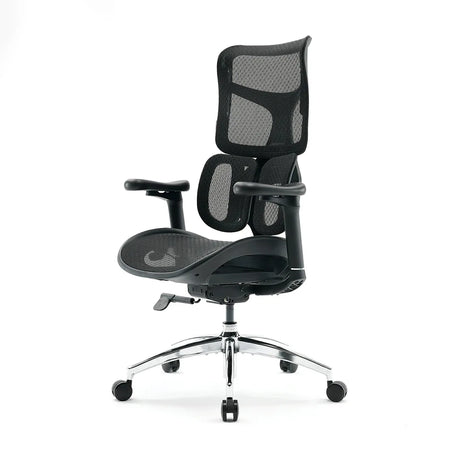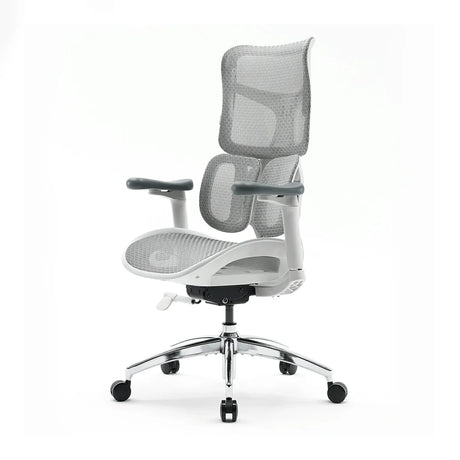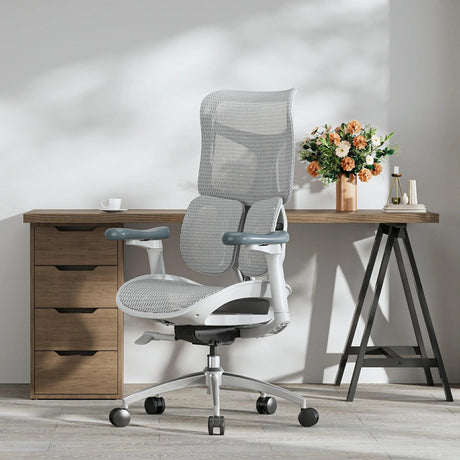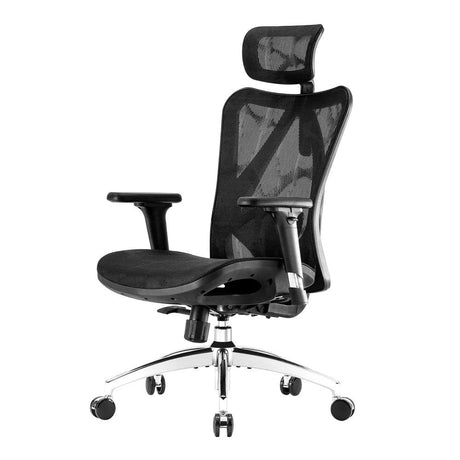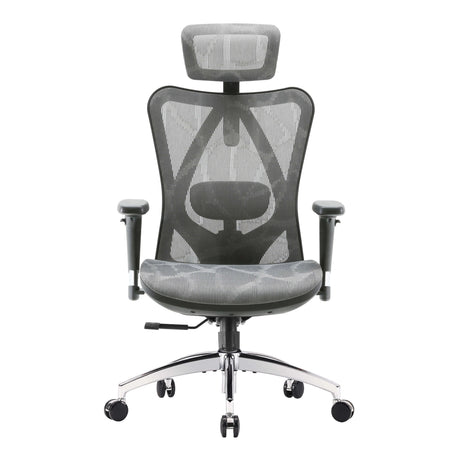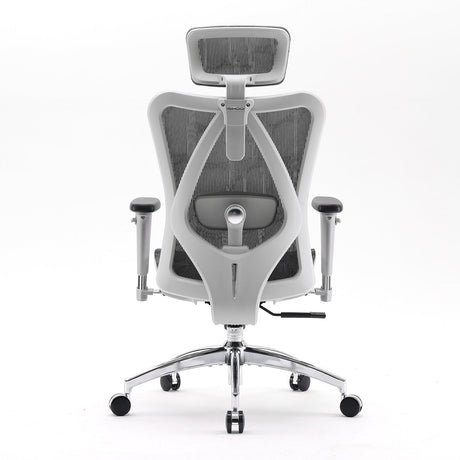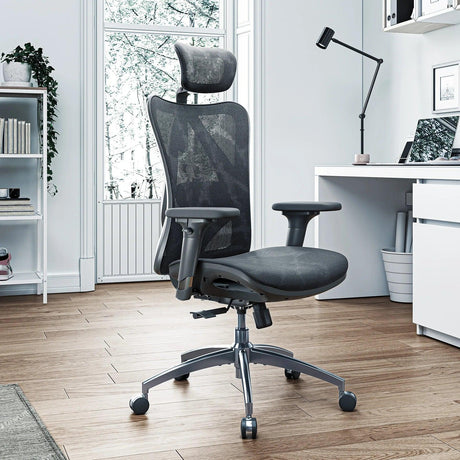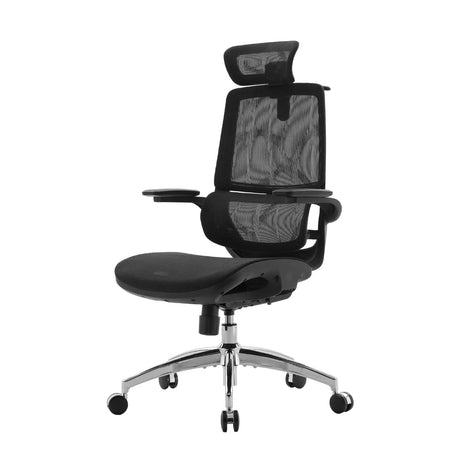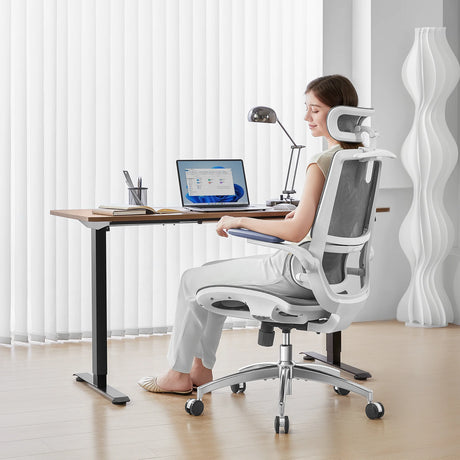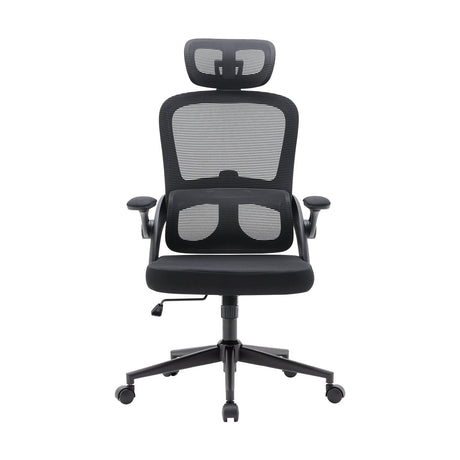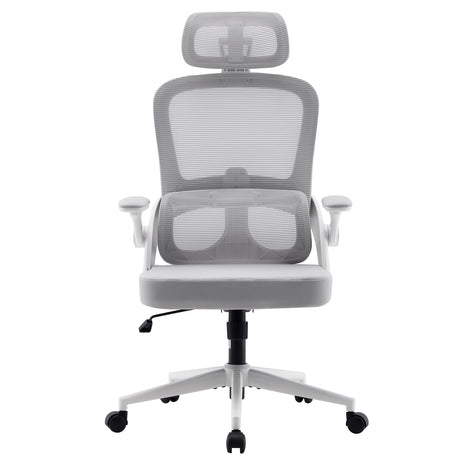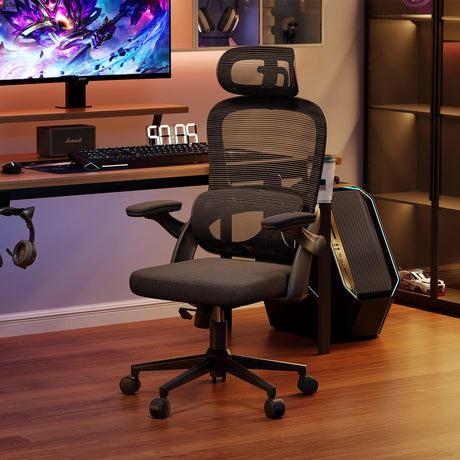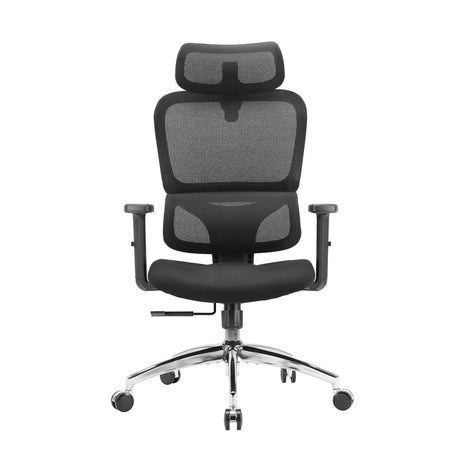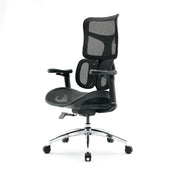In the quest for ultimate comfort and accommodating furniture, many find themselves searching for seating that goes beyond the standard dimensions. When a regular armchair or office chair simply doesn't offer the space or support required, the focus shifts to a category of seating designed for enhanced roominess. But what exactly is an extra-wide chair called? The truth is, there isn't a single, universally accepted, single term. Instead, this category of spacious seating is known by a variety of professional and descriptive names, each often reflecting its specific design, function, or intended user.
This comprehensive guide will delve into the precise terminology used in the furniture industry, interior design, and ergonomics to describe extra-wide chairs. We will explore the different styles—from luxurious lounge seating to specialized ergonomic solutions—and detail the substantial benefits they offer, ensuring you can confidently identify, search for, and purchase the perfect spacious seating solution for your needs.
Unpacking the Terminology: What Professionals Call Extra-Wide Chairs
While a consumer might simply use the descriptor "extra-wide chair," professionals and retailers use more specific and nuanced terms. Understanding this specialized vocabulary is key to navigating the furniture market effectively.
1. The Broad Categories: Focusing on Scale and Capacity
The most common professional terms often focus on the chair's capacity and scale:
-
Bariatric Chair: This is perhaps the most precise and recognized professional term, especially in healthcare, medical, and contract furniture settings. A bariatric chair is specifically designed to accommodate individuals with higher weight capacities and larger body sizes. Crucially, "bariatric" refers not just to extra width, but also to a higher weight rating, reinforced frames, and deep seats to ensure safety, durability, and comfort. These chairs adhere to strict engineering standards and are vital in clinical and institutional environments.
-
Oversized Chair: This term is widely used in residential and retail furniture. It’s a broader, more accessible term that simply means the chair is larger than the industry standard. It often applies to chairs that are significantly wider and deeper but may not necessarily carry the ultra-high weight rating of a bariatric chair. Oversized chairs are popular for creating a cozy, 'sink-in' feel or accommodating two smaller individuals.
-
Grand Scale Seating: Similar to "Oversized Chair," this is a marketing and design term used for residential furniture. It implies a larger, more imposing, and luxurious aesthetic, often with generously padded arms and backs, perfectly suited for large living spaces or master bedrooms.
2. Design-Specific Terminology: Width as a Feature
Certain design styles inherently include extra width:
-
Chair-and-a-Half (or Chair and a 1/2): This is one of the most popular and clear-cut terms for residential extra-wide seating. It precisely describes a piece of furniture that is wider than a standard armchair but narrower than a two-seater loveseat. It is designed to be a luxurious, single-person chair with ample room to curl up, or a snug fit for two. This term is most common in upholstered living room furniture.
-
Lounge Chair (Extra-Wide or Deep): While a standard lounge chair focuses on a reclined or relaxed posture, adding the extra-wide descriptor specifies a version built for maximum sprawling and comfort, often featuring low profiles and deep, plush cushions.
-
Executive Chair (Wider Base/Seat): In the office and ergonomic realm, the extra-wide version of a high-end office chair is often just marketed as an "Executive Chair" with specific dimensions highlighted, or sometimes as a "Big and Tall" chair (see below).
3. Functional and Demographic Terminology: Focusing on the User
These terms are used when the extra width is a functional necessity for a specific user group:
-
Big and Tall Chair: This term is standard for extra-wide and extra-tall office and task chairs. It signals that the chair has a higher backrest (for neck and head support for taller users), a wider seat and back, and a significantly higher weight capacity than a standard office chair. These are staples in commercial office supply and ergonomic furniture catalogs.
-
Mobility Seating: In the context of assistive furniture, extra-wide designs are crucial for comfort and accessibility. This can include wider lift chairs or recliner chairs that aid in standing and sitting transitions.
Why the Width Matters: The Benefits of Spacious Seating
The demand for extra-wide chairs is driven by more than just luxury; it’s a matter of genuine ergonomic necessity and lifestyle preference. The benefits extend across comfort, health, and functionality.
1. Enhanced Ergonomic Comfort and Support
The primary benefit is superior ergonomic accommodation, especially for larger individuals or those who value varied seating postures:
-
Improved Postural Freedom: Extra width allows a person to shift position, cross their legs, or tuck one leg beneath them without bumping the armrests. This ability to move reduces pressure points and the stiffness associated with maintaining a single, constrained posture for long periods.
-
Reduced Pressure Points: In a standard chair, the seat and armrests can dig into the hips and thighs of a larger individual. A wider chair ensures proper distribution of body weight across the seat cushion, which is crucial for blood circulation and tissue health.
-
Proper Arm Positioning: Wider chairs often have armrests set further apart, allowing the shoulders to relax and the arms to rest in a natural, neutral position, which is essential for reducing tension in the neck and upper back.
2. Versatility and Lifestyle Advantages
Extra-wide seating integrates seamlessly into a variety of lifestyles and uses:
-
The 'Cozy-Up' Factor: The Chair-and-a-Half is ideal for activities like reading with a pet, snuggling with a child, or simply sprawling out with a blanket and a laptop. It offers a cocoon-like sense of spacious security that a standard armchair cannot match.
-
Increased Hospitality: In waiting rooms, lobbies, or residential spaces, having a few extra-wide chairs ensures that all guests feel equally accommodated and comfortable, regardless of their body size. This is a key principle of inclusive design.
-
Accommodating Accessories: The extra surface area can comfortably hold pillows, blankets, a large laptop, or a tray table with snacks and drinks without feeling cluttered or precarious.
3. Durability and Longevity (Especially Bariatric and Big & Tall)
The chairs specifically designed for higher capacities—Bariatric and Big & Tall models—are engineered for resilience:
-
Reinforced Construction: These specialized chairs feature heavy-duty steel or hardwood frames, industrial-grade joinery, and high-density, commercial-grade foam that resists compression and sagging over time.
-
Higher Weight Ratings: They are tested and certified for significantly higher weight capacities (often 350 lbs to 1000 lbs, which guarantees a much longer service life and reduces the frequency of replacement compared to standard chairs under high load.
-
Specialized Components: Components like wider wheel bases, heavy-duty pneumatic cylinders (in office chairs), and reinforced casters are standard, ensuring safety and ease of movement.
Key Design and Construction Considerations
When searching for the perfect extra-wide chair, the terminology is only the starting point. A professional approach requires a keen eye for specific design and construction elements that differentiate a true quality piece from a mere large chair.
1. Measuring and Sizing
The key to an extra-wide chair is the seat width—the distance between the inside of the armrests.
-
Standard Armchair: Typically ranges from 18 to 22 inches wide.
-
Extra-Wide/Chair-and-a-Half: Generally ranges from 28 to 40 inches wide. This is the sweet spot for residential comfort.
-
Bariatric/Big & Tall: Often starts at 24 inche and can go up to 34 inches or more, coupled with a deeper seat depth for thigh support.
Beyond width, the seat depth (front of the seat to the backrest) and seat height (floor to the top of the cushion) are equally critical. A well-designed extra-wide chair will also feature proportional depth and height to ensure proper knee bend and back support.
2. Upholstery and Cushioning
The durability and comfort of the padding are amplified in extra-wide seating:
-
High-Density Foam (HD Foam): This is non-negotiable. Lower density foam will quickly compress and lose its supportive integrity, especially with heavy use. Look for foam with a density rating of at least 1.8 pcf (pounds per cubic foot) for long-term residential use and higher for commercial/bariatric applications.
-
Webbing and Springs: The support system beneath the cushion must be robust. Sinuous springs (S-shaped wires) or eight-way hand-tied springs are indicators of high quality. In commercial settings, a metal or solid wood platform may replace springs entirely for maximum durability.
-
Fabric Durability: The wider seat often means more tension on the fabric. Choose materials with a high Wyzenbeek abrasion test rating (at least 15,000 double rubs for residential and 30,000+ for commercial) to prevent premature wear and tearing.
3. Structural Integrity
The frame is the backbone of the chair, and in extra-wide or bariatric models, it must withstand significant stress:
-
Frame Material: Kiln-dried hardwood (like maple or oak) is the gold standard for residential and high-end contract furniture due to its resistance to warping. For Bariatric and Big & Tall office chairs, a heavy-gauge steel frame or steel-reinforced aluminum base is required.
-
Joinery: Professional-grade chairs feature secure joinery techniques like mortise-and-tenon joints, corner blocks, and metal brackets, which are vastly superior to simple staples and glue.
Extra-Wide Chairs Across Different Settings
The application of extra-wide chairs varies dramatically depending on the environment, dictating which specific terminology and features are most relevant.
1. Residential Furniture (Living Rooms, Dens, Bedrooms)
-
Terminology: Chair-and-a-Half, Oversized Chair, Grand Scale Lounge Chair.
-
Focus: Luxury, aesthetics, and deep comfort. The emphasis is on deep seats, plush cushions (often down-blend), and decorative upholstery that matches the home’s interior design.
-
Key Consideration: Versatility. The chair should be wide enough to be a statement piece but still fit the scale of the room. It’s a place for retreat and relaxation.
2. Office and Ergonomics (Home Office, Corporate Settings)
-
Terminology: Big and Tall Chair, Wide Base Executive Chair.
-
Focus: Ergonomics, adjustability, and support. These chairs must be fully adjustable, including lumbar support, armrest height/width, and seat tilt, to maintain a healthy posture during long periods of work.
-
Key Consideration: Weight Capacity and Build Quality. The frame, mechanism (the tilt/lift apparatus), and base must be exceptionally durable to handle the constant, dynamic stress of a large individual shifting position. Look for certified BIFMA (Business and Institutional Furniture Manufacturers Association) standards.
3. Healthcare and Institutional (Hospitals, Clinics, Waiting Rooms)
-
Terminology: Bariatric Chair, Clinical Seating, Wide-Stance Institutional Chair.
-
Focus: Safety, cleanability, and strength. These chairs are the most rigorously engineered. They must feature non-porous, easy-to-clean upholstery (often medical-grade vinyl or polyurethane) to meet infection control standards. Exposed wood or metal elements must be resistant to harsh cleaning agents.
-
Key Consideration: Fixed Design and Stability. For safety, institutional bariatric chairs often have fixed, non-adjustable components to prevent tipping or malfunction. They feature open space between the seat and back/arms for easy cleaning and retrieval of dropped items.
The Intersection of AI, SEO, and Furniture Shopping
The rise of e-commerce and AI-powered search has fundamentally changed how consumers shop for furniture. Meeting "Google SEO and AI GEO standards" means structuring content that is highly relevant, answers specific user intent, and uses a natural language flow that an AI model can easily process and synthesize.
Instead of keyword stuffing, the professional approach is to provide a detailed, interconnected web of related terms. For instance, a person searching for "big chair to curl up in" is served content that accurately defines it as a "Chair-and-a-Half," while a facilities manager searching for "high capacity waiting room seating" is directed to the section on "Bariatric Chairs." This nuanced approach satisfies diverse user intents under the single umbrella topic of "extra-wide chairs."
-
Focus on Intent: We address the question ("What is an extra wide chair called?") with multiple, intent-based answers: Bariatric (Clinical/Commercial intent), Chair-and-a-Half (Residential/Comfort intent), and Big and Tall (Ergonomic/Office intent).
-
Clarity and Structure: Using clear headings, lists, and tables (or simulated tables through structure) allows AI to quickly extract key definitions and facts (e.g., the difference in width between standard and extra-wide).
-
Authority and Depth: The detail on construction (HD foam, Wyzenbeek rating, mortise-and-tenon joints) establishes the content as an authoritative source, a key signal for high-quality content.
A Note on Inclusive Design
The trend towards extra-wide chairs is a powerful element of inclusive design—the practice of designing products and environments that are accessible to and usable by the greatest range of people possible. Choosing an extra-wide chair, regardless of its specific name, is a choice to prioritize comfort, dignity, and accessibility for every person who enters a space.
In residential and commercial interior design, integrating a mix of seating sizes is the modern standard. It ensures that everyone, from the most petite to the largest guest, finds a comfortable and appropriate place to sit. This conscious decision moves beyond mere aesthetics and into the realm of truly functional and thoughtful design.
Conclusion: Finding Your Perfect Fit
The simple question, "What is an extra-wide chair called?" unlocks a complex world of professional terminology, from the cozy Chair-and-a-Half in residential settings to the safety-certified Bariatric Chair in clinical environments.
To summarize the key takeaway for your furniture search:
| Environment | Primary Term(s) | Key Feature | Focus on |
| Residential | Chair-and-a-Half, Oversized Chair | Width: 28 to 40 inches | Comfort, aesthetics, sprawling |
| Office/Ergonomic | Big and Tall Chair, Wide Executive Chair | Reinforced components, high back | Adjustability, 350+ lbs capacity |
| Healthcare/Contract | Bariatric Chair, Institutional Seating | Heavy-duty frame, infection control | Safety, durability, 500+ lbs capacity |
By using the correct terminology and understanding the underlying construction requirements, you move from a casual shopper to an informed buyer, ensuring you invest in a chair that not only looks good but provides the ultimate, long-lasting comfort and support you require. Extra-wide seating is not a niche product; it is a vital and growing category that reflects a commitment to comprehensive comfort and inclusive design.
Frequently Asked Questions (FAQs)
Q1: What is the main difference between an "Oversized Chair" and a "Bariatric Chair"?
A: The primary difference lies in the weight capacity and engineering standards. An Oversized Chair is a broader term focusing on aesthetic size—it is wider and deeper than a standard chair for added residential comfort, but its weight rating might only be slightly higher than average (e.g., up to 300 lbs). A Bariatric Chair is a clinical-grade term that focuses on functional capacity—it is specifically engineered with reinforced frames and components to support significantly higher weight capacities (often 500 lbs and up), adhering to strict safety and institutional standards.
Q2: What is the average width of a Chair-and-a-Half?
A: A Chair-and-a-Half is typically the most generous residential extra-wide chair. Its seat width (the inside measurement between the armrests) generally falls between 28 and 40 inches. This contrasts with a standard armchair, which is usually 18 to 22 inches wide, and a loveseat, which starts at around 45 inches or more.
Q3: Are "Big and Tall" chairs only for very tall people?
A: No. The term "Big and Tall" in an office chair context refers to dual-purpose specialized design. The "Tall" part relates to a higher backrest and greater height range for proper head and neck support for taller users. The "Big" part refers to the extra-wide seat pan and higher weight capacity needed for larger individuals. A person of average height but above-average weight would still benefit significantly from the reinforced structure and wider seat of a Big and Tall chair.
Q4: What material should I look for to ensure my extra-wide chair lasts a long time?
A: Durability is tied to internal structure:
-
Frame: Look for a frame constructed from kiln-dried hardwood (for residential) or heavy-gauge steel (for commercial/bariatric/office).
-
Cushioning: Insist on high-density foam (minimum 1.8 pcf) to prevent the cushion from flattening and sagging quickly.
-
Joinery: Professional-grade construction utilizes techniques like mortise-and-tenon joints and corner blocking over simple stapling.
Q5: Can I use a Bariatric chair in a home setting?
A: Yes, absolutely. While designed for clinical environments, a Bariatric chair's core features are extreme durability, stability, and high capacity. If you prioritize maximum structural integrity and have a need for a very wide, reliable, and easy-to-clean chair, a Bariatric chair is an excellent, long-term investment for a residential setting, particularly in areas like a dining room, kitchen, or office.


